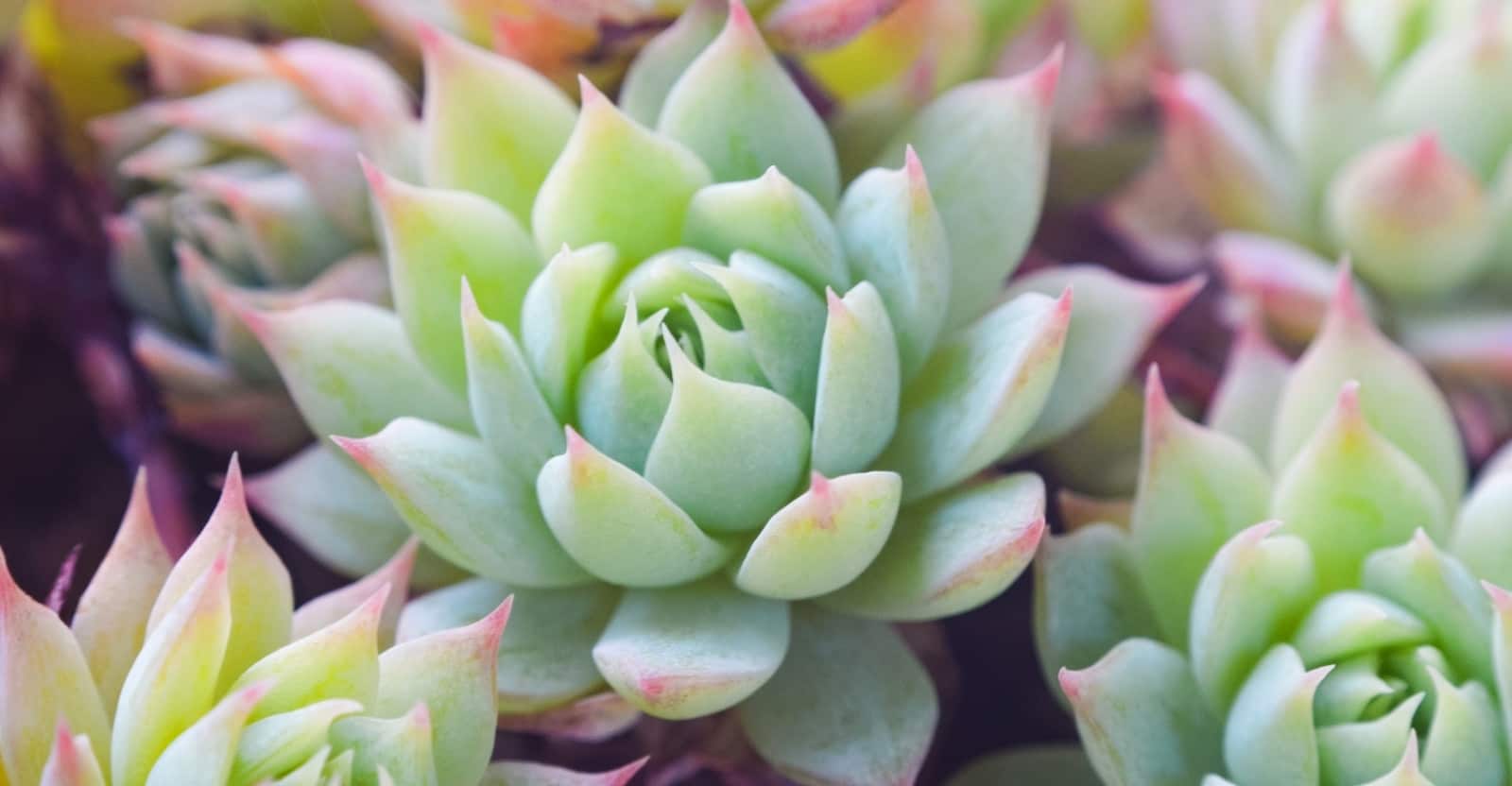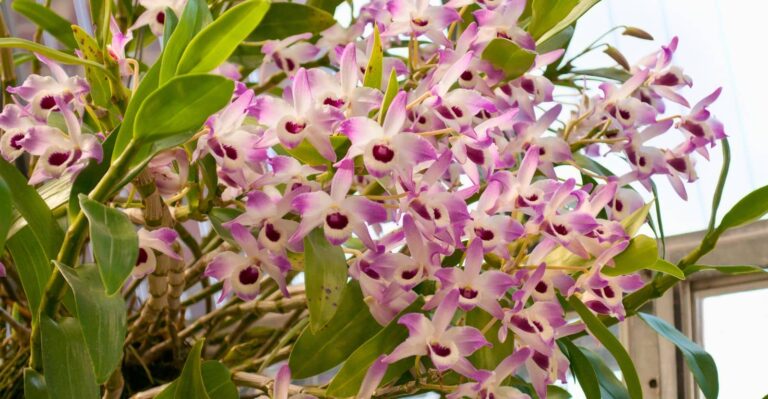Amazon has put together some great Home Gift Deals – save money and get your shopping done at the comfort of your home! Click here to see deals on Amazon
Growing houseplants don’t need to be difficult. That’s where succulent such as the Lakshmi Kamal plant comes in handy.
It’s a unique plant that conveys that you’re an accomplished gardener. If you’re browsing for an indoor plant that impresses but doesn’t require you to struggle to grow, check out this plant.
It’s perfect for those who want easy care and grow it in containers, ground cover, or rock gardens. They don’t need much water, and they can grow in various conditions. Also, they’re lovely to look at and make a great addition to any home.
Some Products at Amazon to care for Laxmi Kamal Plant:
- Captain Jacks Dead Bug Brew Concentrate
- Espoma Organic Potting Soil Mix
- Osmocote Smart-Release Plant Food
- Organic Perlite by Perfect Plants
What is the Lakshmi Kamal plant?
Lakshmi Vishnu kamal plant is very famous in India. It’s also known as “Kamalatmika Taru.” In Sanskrit, “Kamalatmika” means Goddess of prosperity, and “Taru” means plant.
In India, the plant is considered sacred to Goddess Lakshmi and is typically used in puja and prayers. However, the Laxmi kamal plant has more uses than just spiritual purposes.
It has fleshy green leaves that have maroon tips on each end. The flower that appears when it matures brings vibrant color to planters. It has potent medicinal properties, and some believe it protects from negative energies (Vastu dosha).
Origin: It’s native to Mexico, where gardeners initially found it on the rocks. But it’s getting popular in India due to its religious and spiritual significance. It has the botanical name Graptopetalum macdougallii, and it belongs to the family of Crassulaceae with the Sempervivum genus.
Appearance: It’s a sprawling perennial succulent plant that grows up to 4 inches (10 cm) tall. It has fleshy leaves that are oval pointed with maroon-tipped and grayish-green in color.
It has features such as the green leafy stalks on all sides of the plant with leaves arranged beautifully. Plants have pink flowers in various shades, including green that blooms in spring and summer. It grows best in USDA zone 9-11
Other names: Houseleek, Hen, and Chicks

What is the benefit of the Lakshmi Vishnu Kamal plant?
Lakshmi Kamal succulent is one of the most popular indoor plants in India. It has a lot of benefits, such as air purification and medicinal use. It has been given the name because it blooms in October, which coincides with the Hindu festival Diwali or Deepawali.
Lakshmi Vishnu kamal plants are also used in home decorations because you can plant them as indoor plants or in outdoor gardens. They can be placed on your terrace garden or flower garden to enjoy year-round.
This low-maintenance plant is considered sacred in Hinduism. The lotus flower and the Laxmi kamal plants symbolize divine presence, purity, and grace in the natural world because they’re beautiful and scarce while believed to be bringing prosperity and wealth.
This plant indicates the natural cycle of life and rebirth. It’s mentioned in Bhagavad Gita that each human being functions in line with their Karma without any attachment, just like this beautiful plant.

Where should you place the Lakshmi Kamal plant?
According to “Vastu shastra” Disha Shastra, if a Lakshmi Kamal plant is kept in the house’s northeast direction (Ishaan Dhan), it can eliminate issues with the architectural Vastu.
To help it grow healthy, be sure to place it somewhere that gets at least 6 hours of direct sun. Your plant may develop spindly or stretch toward the light if they don’t receive enough direct light.
When planting indoors, you can place it near a window where it can receive indirect light throughout the day. If this won’t be possible, put it in a room near the brightest area of your home.
How to care for the Lakshmi Kamal plant?
Caring for a Laxmi kamal houseplant is relatively easy. These are pretty drought tolerant, making them the perfect low-maintenance houseplant.
Soil
A potting mix explicitly designed for cacti and succulents will help the plant thrive quite well. You can also use a mixture made from equal parts of succulent soil, sand, and compost.
Laxmi kamal needs more nutrients than other succulent plants, making this soil ideal for use with peat and perlite that prevents excess water holding while retaining nutrients.
Light
The main thing this plant needs is six hours per day of sunlight. As succulents are fragile when exposed to direct sunlight, so be sure to shield them for hours until they’re ready to sustain in harsh sunlight.
Succulents may lean toward the sun, so rotating them will help them stand up straight. Place the plant in natural indirect bright light, but if you don’t get enough light in your room, you can use artificial bright light.
Water
When it comes to watering, your best option is to water the soil continually but less often. It likes to stay dry between watering as they don’t like their roots being soaked in water all the time.
This is a drought-tolerant plant, and you can leave the plant dry for a couple of weeks between the watering schedule. Thoroughly water the soil only when the top layer of 2 to 4 inches of soil feels dry on the touch.
Don’t overwater the plant as it can cause root rot, which may cause the plant to die. In the winter months, it will exhibit little signs of growth. Be careful not to overwater during the winter season as you will likely damage the plant.
Temperature
Your plant will thrive in an area with daytime temperatures between 59°F–95°F (15°C–35°C). Don’t let the temperature drop below 53°F (12°C) or a minimum 50°F (10°C). This is when you will begin to see limiting development or significant harm if cold exposure persists.
Humidity
Because this plant requires higher temperatures and moisture, it prefers high humidity. Keep your plant at about 40– 65 percent relative humidity to promote growth.
If the humidity is over this percentage, then the risk of rot and fungal diseases increases. Too much moisture from high humidity conditions can cause the plant to suffer from poor drainage and standing water over their root systems.
Fertilizer
If you’re planning to fertilize your Lakshmi kamal succulent plant, the best time is in spring, just before daytime temperatures exceed 60°F (15°C); and in the fall, just before a rainstorm occurs.
A light feed consisting of diluted fish emulsion, organic fertilizer, and manure tea in the range of balanced feed (15-15-15) will encourage the growing of succulent flowers.
Don’t, however, overfeed highly concentrated liquid fertilizers because doing so might harm root growth. Fertilizers with extremely high nitrogen rates can lead to root and leaf rot.
You must use the proper mix and not overfeed the plant. To let the roots spread fertilizer more evenly and reduce the risk of burning, water plants before fertilizing them.
Repotting
The ideal time to repot this plant is when spring begins since this is when active growth spurt. Don’t repot any succulent plant blooming in or in full growth.
These plants don’t require frequent repotting but only when conditions allow, such as when the roots get tightly packed or every two to three years.
How to propagate the Lakshmi Kamal Plant?
Lakshmi kamal plants need to be propagated by dividing the root ball of the mother plant into smaller parts and replanting them. The process is easy and can be done by anyone. The most important part is to ensure plenty of roots in each division.
First, dig a hole twice as wide as the root ball and just as deep. Next, loosen the soil around the plant and gently divide the root ball into two or three equal parts using a trimming scissor or your hands.
Make sure that there are plenty of roots in each division. If not, you can wait until the plant is bigger before dividing it again. Replace each division in the hole and fill it in with soil, making sure to pack it down well so that there are no air pockets around the roots.
You can also propagate it using a healthy leaf by inserting it into the soil. Keep the soil lightly moist and don’t overwater to prevent the risk of root rot.
Where to buy the Lakshmi kamal plant?
If you’ve fallen in love with Laksmi kamal plants’ unique appearance and carefree nature, you may want to learn more about where to buy them.
Many nurseries sell these plants as individual specimens in small pots. They may also offer complete starter kits that explain how best to care for your new plant friend.
Contact nurseries directly and ask them if they have any plans available. You may also be able to find small plants at a local garden center or big box store—or purchase it online (Etsy link) and grow your own from home. Lakshmi Kamal plant cost anywhere from $6 to $50 and sometimes you can find them on sale at much cheaper price.
Conclusion
In conclusion, Lakshmi Kamal is a beneficial plant to have indoors. It helps purify the air and improve the quality of air. Anyone looking for an easy-to-care maintenance plant should consider adding this beautiful plant to their home.

Don’t forget to share this post







